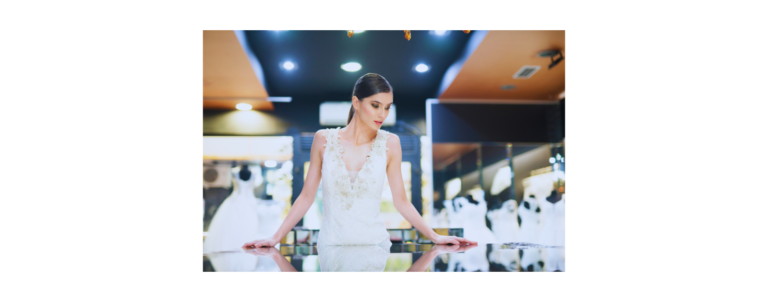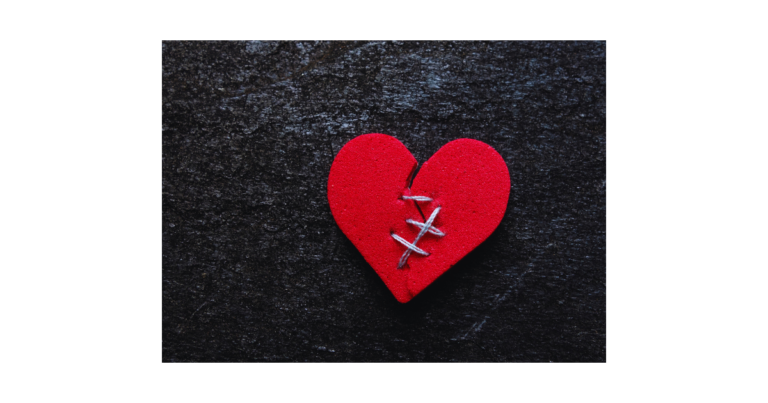Let’s face it — stains from clothes happen to the best of us. Whether it’s a splash of red wine on your favorite white shirt or a smear of chocolate on the couch, life’s little messes are unavoidable. But don’t worry, you don’t have to toss your favorite clothes or spend hours scrubbing in frustration. With the right techniques and tools, you can tackle just about any stain with confidence. Here’s how.
The Basics of Stain Removal
Act Fast!
The quicker you act, the better your chances of removing the stain completely. For example, treating a blood stain immediately with cold water can prevent it from setting. Blot fresh stains with a clean paper towel or cloth to absorb as much as possible before treating the area. Similarly, prompt action is crucial for removing a grass stain, using a mixture of white vinegar and water. Oil and grease stains should be addressed quickly with household items like cornstarch or baking soda. For a red wine stain, immediate blotting and treatment with salt and cool water can be very effective.
Gather Your Essentials
Here’s a quick checklist of common stain-fighting heroes:
- Liquid laundry detergent
- Baking soda
- Hydrogen peroxide
- White vinegar
- Rubbing alcohol
- Chlorine bleach (for whites only!)
- Dish soap
- Clean paper towels
- A soft-bristled brush
- Spray bottle
- Toothpaste (for ink or dye stains)
- Cornstarch (great for grease stains)
- Warmest water (as safe for the fabric) for effective stain removal
Why Pretreating Stains is Crucial
Pretreating stains is a crucial step in the stain removal process. When a stain occurs, it’s essential to act quickly to prevent it from setting into the fabric. Pretreating the stain helps to break down the molecules that cause the stain, making it easier to remove. This step can be done using a variety of methods, including applying a stain remover, using a liquid laundry detergent, or even just cold water. By pretreating the stain, you can increase the chances of removing it completely and prevent it from becoming a permanent fixture on your clothing.
Choosing the Right Stain Remover
Choosing the right stain remover can be overwhelming, especially with so many options available. When selecting a stain remover, consider the type of stain you’re dealing with and the type of fabric it’s on. For example, if you’re dealing with a tough stain like grease or oil, you may want to use a stain remover that contains enzymes or hydrogen peroxide. For more delicate fabrics, you may want to opt for a gentle stain remover that won’t damage the material. It’s also essential to read the label and follow the instructions carefully to ensure the best results.
Stain-Specific Strategies
Sweat Stains
To remove sweat stains, make a paste with baking soda and water. Apply it to the stained area, scrub gently with a soft-bristled brush, and let it sit for 15 minutes. Rinse with warm water and launder as usual. For stubborn yellow marks, mix equal parts hydrogen peroxide and dish soap, then rinse thoroughly before washing.
Blood Stains
Cold water is your best friend here. Rinse the stain with cold water as soon as possible, then apply a few drops of liquid laundry detergent. If the stain persists, treat it with hydrogen peroxide (test a small area first). For dried blood stains, soak in cold water for 30 minutes before treatment. If the stain remains after initial treatment, consider reapplying hydrogen peroxide or using an enzyme detergent.
Grass Stains
For grass stains, mix equal parts white vinegar and water in a spray bottle. Spray the stained fabric, then scrub lightly with a soft-bristled brush. Wash with heavy-duty laundry detergent. You can also add a little rubbing alcohol to the mixture for extra strength.
Grease and Oil Stains
Blot excess grease or oil with a clean paper towel to address oil and grease stains. Sprinkle baking soda or cornstarch over the area to absorb more oil, then treat with dish soap. Rub gently and rinse with hot water before washing. For persistent grease, pre-treat with heavy-duty laundry detergent.
Red Wine Stains
Blot (don’t rub!) the red wine stain with a clean paper towel. Sprinkle salt on the stained area to absorb moisture, then rinse with cool water. Follow up with a prewash stain remover or dish soap before laundering. For an extra touch, soak the fabric in a mixture of white vinegar and warm water before washing.
Chocolate Stains
Scrape off any excess chocolate with a dull knife. Treat the area with liquid laundry detergent and let it sit for 10 minutes. Rinse with warm water, and repeat if needed. For dried chocolate stains, soak the fabric in warm water mixed with a bit of dish soap before treating.
Coffee and Tea Stains
Rinse the stained fabric with warm water immediately. Apply a mixture of baking soda and water, gently scrub, and rinse. For stubborn stains, add a little white vinegar or lemon juice to the mix. You can also try soaking the fabric in warm water with a teaspoon of dish soap and a splash of vinegar.
Tomato Sauce Stains
Remove excess sauce with a clean paper towel or dull knife. Blot with cool water, then apply dish soap directly to the stain. Rinse and repeat until the stain fades. For tougher stains, apply a mix of baking soda and hydrogen peroxide, scrub gently, and rinse thoroughly.
Ink and Paint Stains
Ink and paint stains can be particularly challenging to remove, but there are some effective methods to try. For ink stains, try applying a stain remover or a solution of equal parts water and white vinegar directly to the stain. Let it sit for a few minutes before washing the garment in cold water. For paint stains, try using a stain remover or a solution of equal parts water and hydrogen peroxide. Apply the solution to the stain and let it sit for a few minutes before washing the garment in warm water.
Specialized Stain Removal
Pro Tips for Stubborn Stains
- Test First: Always test stain removers on a hidden area of the fabric.
- Dried Stains: Soak dried stains in warm water mixed with a few drops of laundry detergent before treating tough stains.
- Air Dry Only: Avoid machine drying stained fabrics until you’re sure the stain is gone. Heat can set stains deeper into the fabric.
- Use Powder Detergents: For heavy-duty stains, powder detergents can sometimes be more effective than liquid.
- Blot, Don’t Rub: Rubbing can push the stain deeper into the fabric, making it harder to remove.
- Treat Stains on Both Sides: Apply treatments on the front and back of the fabric to fully penetrate the stain.
Frequently Asked Questions
Q: What should I do if a stain persists after washing? A: Avoid drying the fabric. If the stain remains, treat it again with a stronger solution like hydrogen peroxide or rubbing alcohol, depending on the fabric type. For greasy stains, try applying a paste of cornstarch and water before washing again.
Q: Can I use bleach on colored fabrics? A: No! Use color-safe bleach alternatives or oxygen-based stain removers.
Q: How can I remove ink stains? A: Dab rubbing alcohol onto the ink stain using a clean cloth. Blot gently and rinse with cold water. For ballpoint ink, try applying toothpaste and scrubbing lightly before rinsing.
Q: Are there any natural alternatives for stain removal? A: Yes! White vinegar, baking soda, and lemon juice work wonders for many common stains. Cornstarch can absorb grease, and club soda is great for fresh wine stains.
Q: How do I treat fruit stains? A: Rinse the stain with cold water immediately, then apply a mixture of dish soap and white vinegar. Launder as usual. For berry stains, pre-treat with lemon juice or hydrogen peroxide before washing.
Stains don’t have to ruin your day. With these tips and tricks, you’ll be a stain-removal pro in no time. Happy cleaning!





